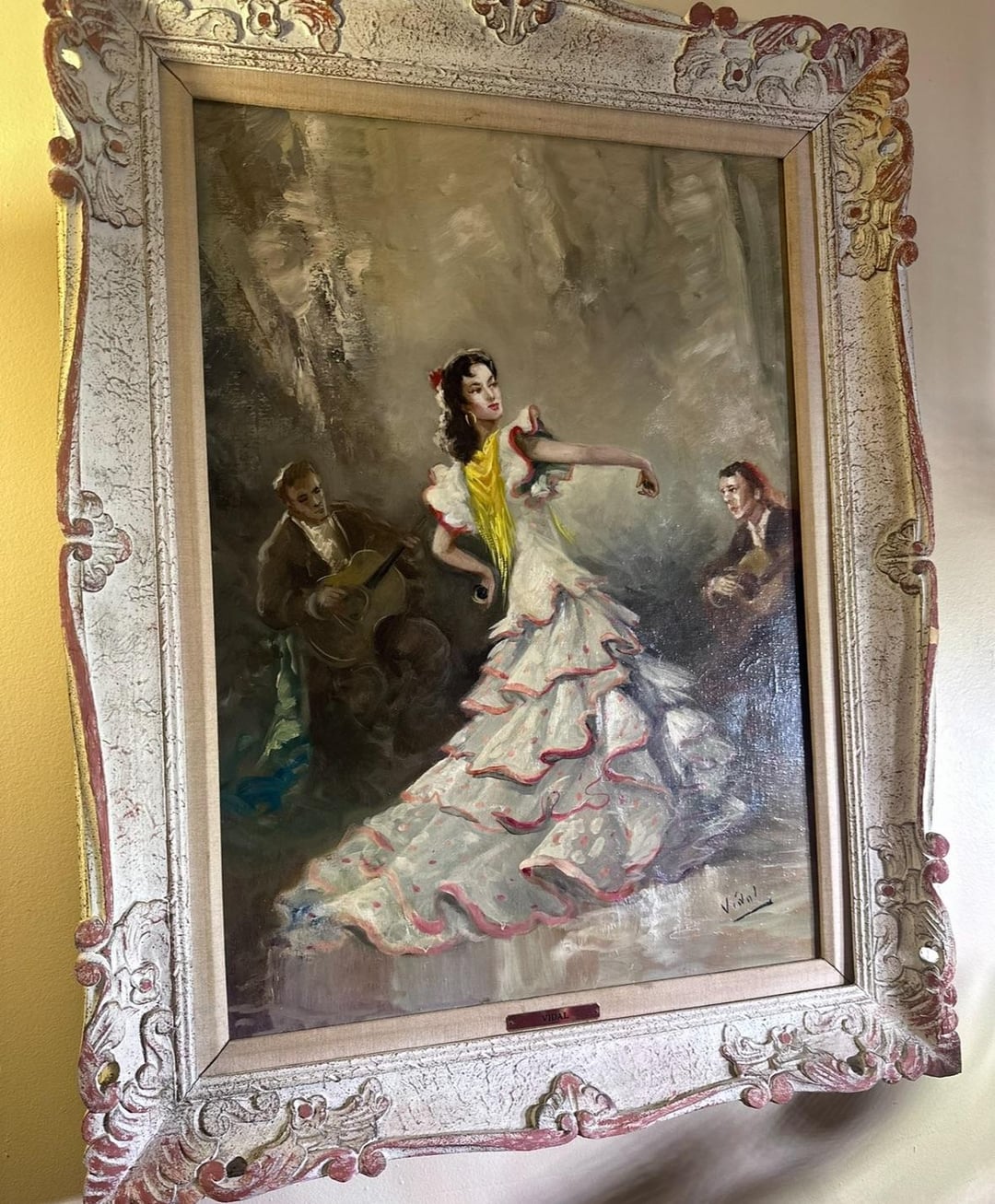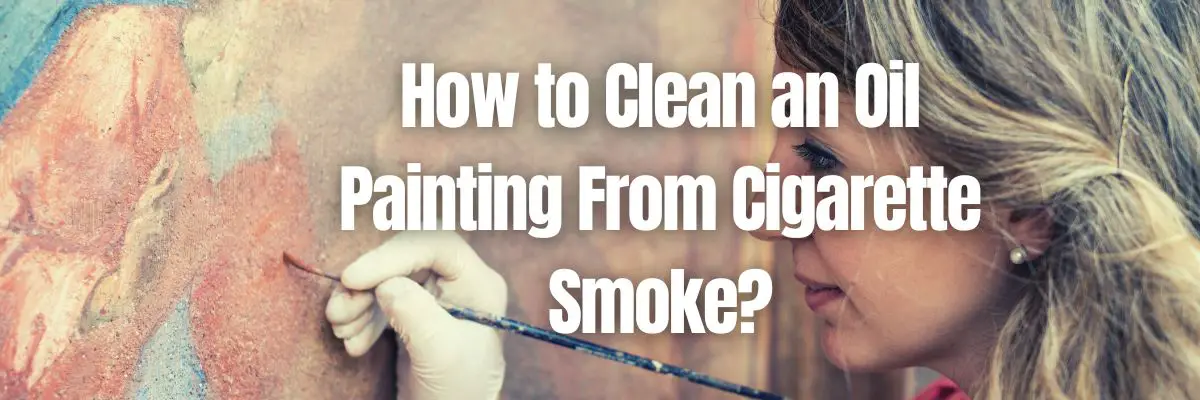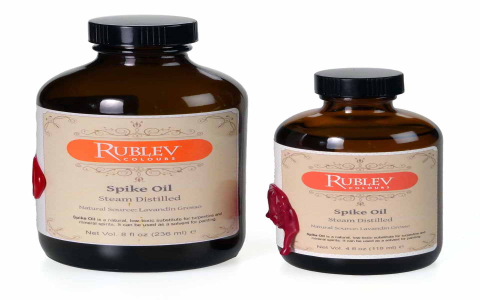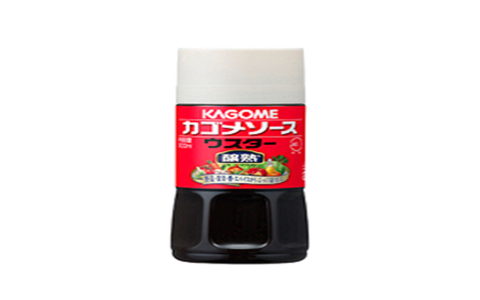Cigarette smoke can be detrimental not only to health but also to the integrity of your beloved oil paintings. Over time, smoke can cake on canvases, creating a film that dulls colors and obscures details. If you’re an art lover or a collector, maintaining the brilliance of your oil paintings is essential. Here’s a comprehensive guide on how to clean cigarette smoke from oil paintings, ensuring that your artwork shines as brightly as the day it was created.
Understanding the Problem

The first step in addressing the issue is understanding the nature of cigarette smoke. When cigarettes are smoked, they release tar, nicotine, and various other chemicals. These substances can create a sticky residue that clings to surfaces, including the delicate texture of oil paint. This residue not only discolors the painting but can also attract dust and grime, exacerbating the problem over time. By taking proactive steps to clean your paintings, you can restore their original beauty and protect them from further damage.
Gathering Your Supplies
Before you begin the cleaning process, gather the necessary supplies. You’ll need:
- Soft, lint-free cloths: Microfiber cloths are ideal as they won’t scratch the surface of the painting.
- Mild soap solution: A gentle soap, such as dish soap, diluted in water can effectively break down the smoke residue.
- Distilled water: Tap water may contain minerals that can leave behind deposits; distilled water is a safer option.
- Cotton swabs: These are perfect for cleaning fine details without risking damage to the artwork.
- A wooden spatula or palette knife: Use this to gently lift any stubborn grime.
Cleaning Process
Start by ensuring your workspace is clean and well-lit to prevent any additional dirt from coming into contact with the painting. If possible, remove the painting from its frame to work on it more effectively.
Step 1: Dust the Surface
Begin by using a dry, lint-free cloth to gently dust the surface of the artwork. This step helps remove any loose particles of smoke and dust, making the subsequent cleaning more effective.
Step 2: Prepare the Soap Solution

Mix a few drops of mild soap in a bowl of distilled water. Make sure it’s a gentle solution, as harsh cleaners can strip the paint or cause it to crack.
Step 3: Test an Area
Always test your cleaning solution on a small, inconspicuous area of the painting first. This precaution helps ensure that the soap won’t negatively affect the oil paint.
Step 4: Clean the Canvas
Dampen one of your soft cloths with the soap solution. Wring it out thoroughly so it’s moist and not dripping wet. Gently wipe the artwork from the top down in one direction. This technique prevents streaks and allows you to see where you’ve already cleaned.
For more detailed areas or embellishments, use a cotton swab dipped in the soap solution to target those spots carefully.
Step 5: Rinse
After the painting has been cleaned with soap, it is crucial to remove any soap residue. Dampen a clean cloth with distilled water and wipe the painted surface. Be sure to wring out excess water to avoid saturation.

Step 6: Drying
Allow the painting to air dry completely before remounting it. Avoid placing it in direct sunlight or using a hair dryer, as this can cause the paint to crack or warp.
Preventive Measures
Once your oil painting is clean, consider taking some preventive measures to protect it from future smoke damage. Placing the artwork in a smoke-free environment is essential. Additionally, using an air purifier can help reduce smoke particles in the air. Regularly dusting your painting can also keep residues at bay.
Final Touches
If you find that cigarette smoke has severely damaged the artwork or if you’re feeling uncertain during the cleaning process, seeking professional help is always a wise choice. Art conservators have specialized skills to safely restore and protect your treasured pieces.
Keeping your oil paintings vibrant and clean is not just a chore; it’s a commitment to preserving a piece of art history. By taking the time to clean and care for your artwork properly, you ensure that future generations can also appreciate its beauty.



